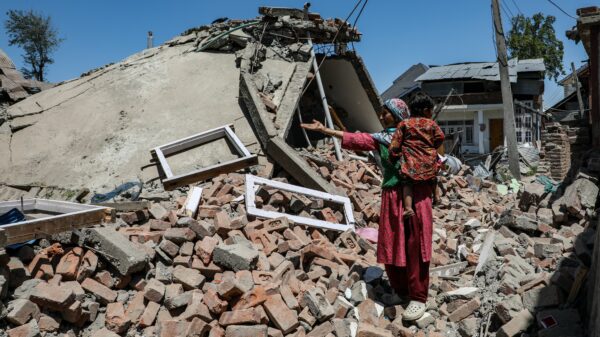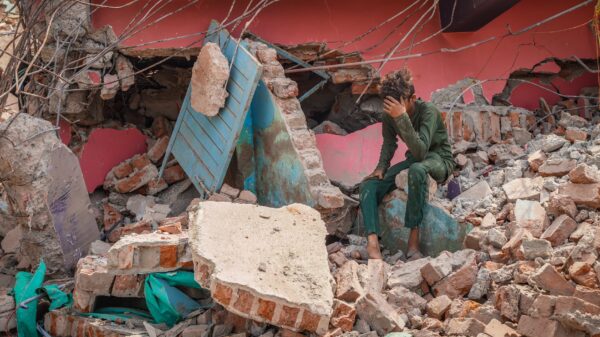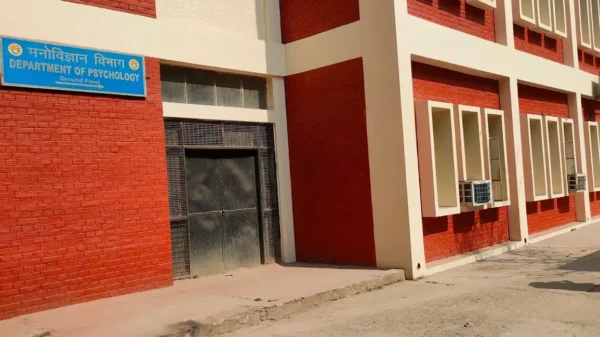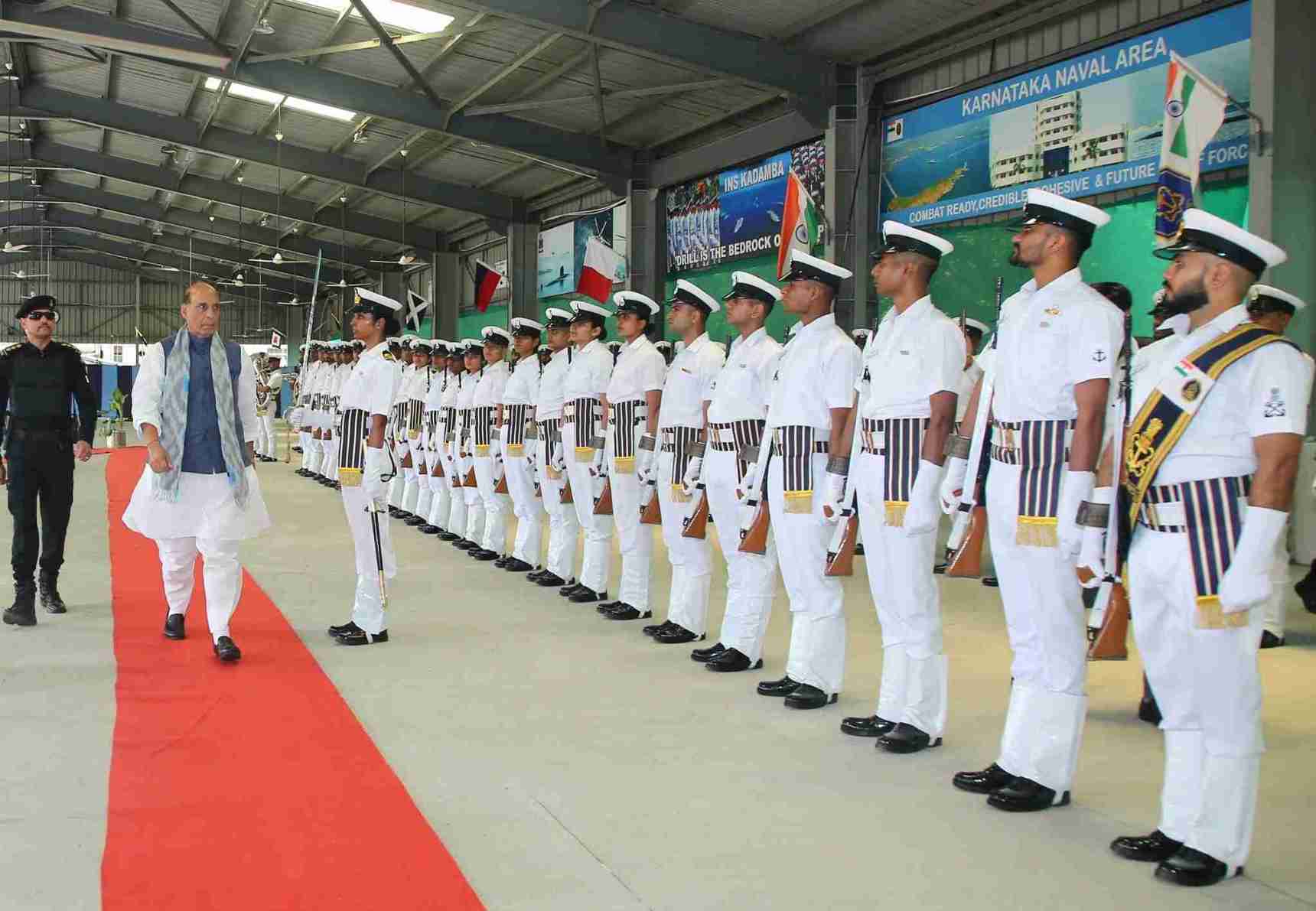India is quietly advancing the construction of a strategically important naval base near Rambilli, a village located along the Andhra Pradesh coastline, around 50 km south of the Eastern Naval Command headquarters in Visakhapatnam. This base, built as part of the classified Project Varsha, will house a network of underground tunnels and pens for India’s nuclear-powered ballistic missile submarines (SSBNs). These submarines can operate undetected by enemy satellites, particularly Chinese satellites, and patrol vital areas like the Malacca Strait.
The first phase of the Rambilli base is nearly complete, and it is expected to be commissioned in 2026. This base will allow India to expand and upgrade its facilities in the future, similar to the ongoing developments at the Karwar base under Project Seabird.
The Rambilli facility offers natural stealth advantages, including deep water that helps submarines enter and exit unnoticed. This is crucial for India’s nuclear deterrent, as SSBNs must remain hidden and silent during their patrols. As part of its strategic goals, India is strengthening its second-strike capability, which is vital for national security.
The Indian Navy is also increasing its nuclear fleet. INS Aridhaman, a nuclear-powered submarine, will join the fleet in 2025, and it will carry more K-4 ballistic missiles with a range of 3,500 kilometers. Additionally, India is constructing more advanced SSBNs and nuclear-powered attack submarines (SSNs) as part of a ₹90,000 crore project. These efforts solidify India’s nuclear triad, enabling it to launch nuclear weapons from land, air, and sea.
On the western coast, the Karwar base is also being upgraded under Project Seabird, with over ₹2,000 crore invested to expand its operational and repair facilities. Once complete, Karwar will be able to accommodate more warships and submarines, providing critical strategic depth and flexibility, especially in relation to Pakistan.
At the same time, India faces growing concerns about Chinese military activity near its eastern borders. There are reports suggesting that China may assist Bangladesh in building an airfield in Lalmonirhat, close to India’s strategically important Siliguri Corridor. This development would have significant security implications, as it could leave India’s northeastern states more vulnerable.
These developments come at a time when China is increasing its presence in the Indian Ocean and expanding its influence in South Asia. In response, India is strengthening its maritime capabilities with hidden bases, advanced reactors, and expanded naval hubs, signaling a shift in its defense strategy. India is preparing for the long game, positioning itself as a major maritime power in the Indo-Pacific region.
Read More: Jammu & Kashmir A Testing Laboratory for Military Equipment: Indian Army Commander




























































